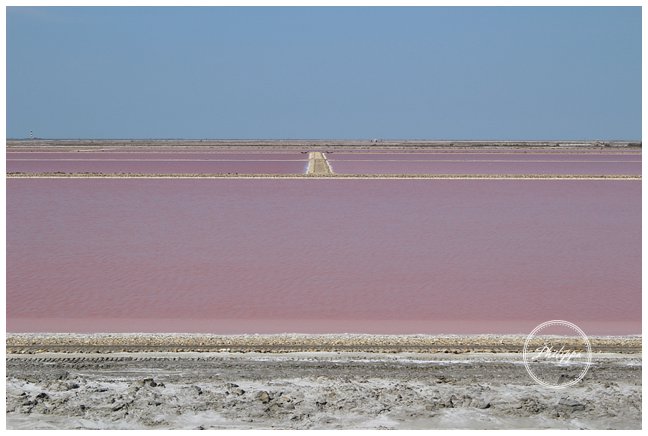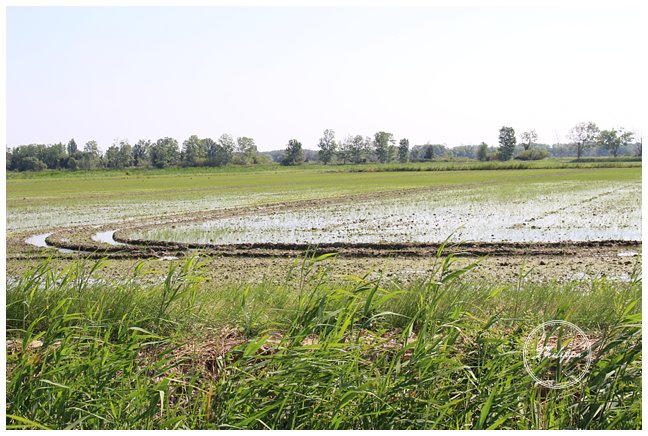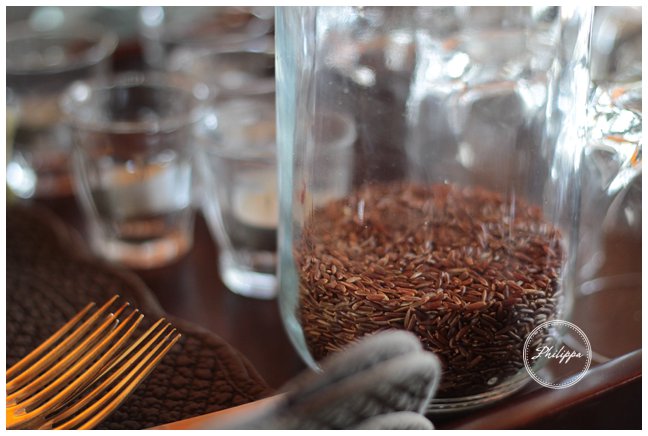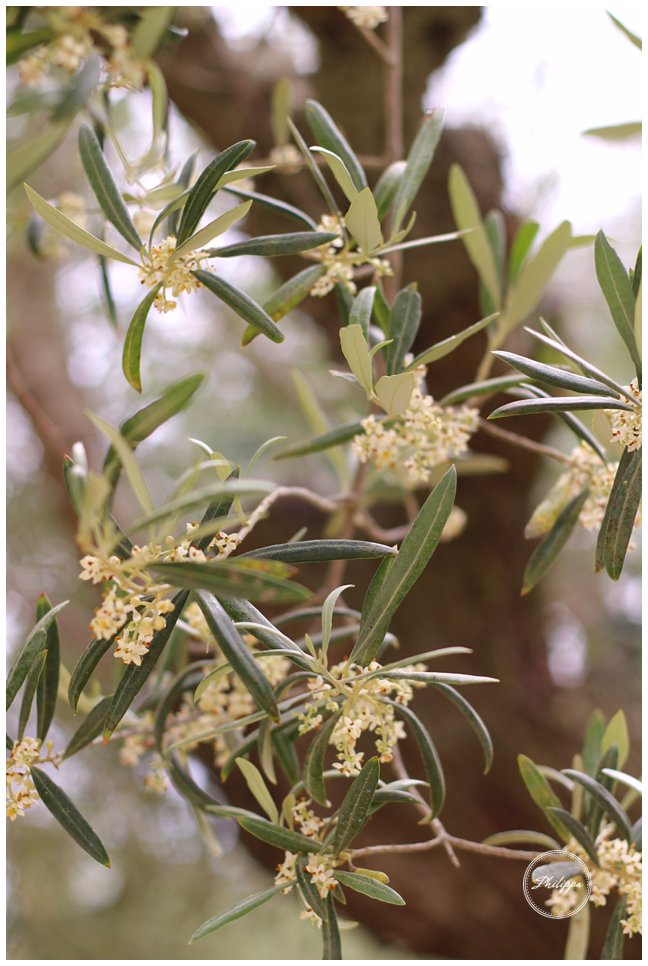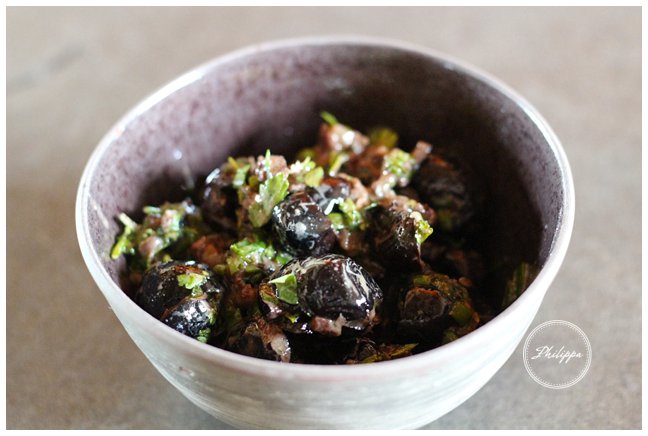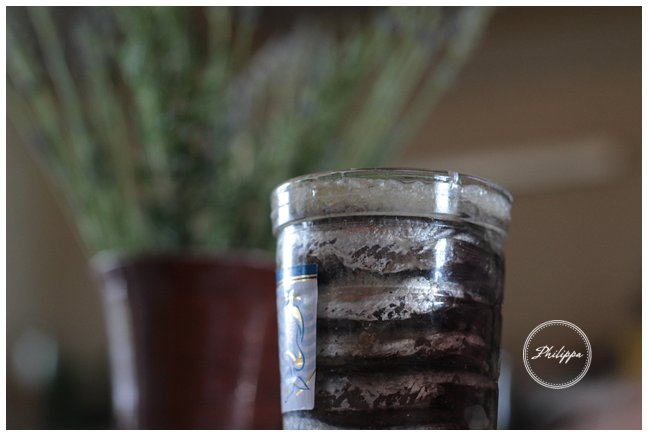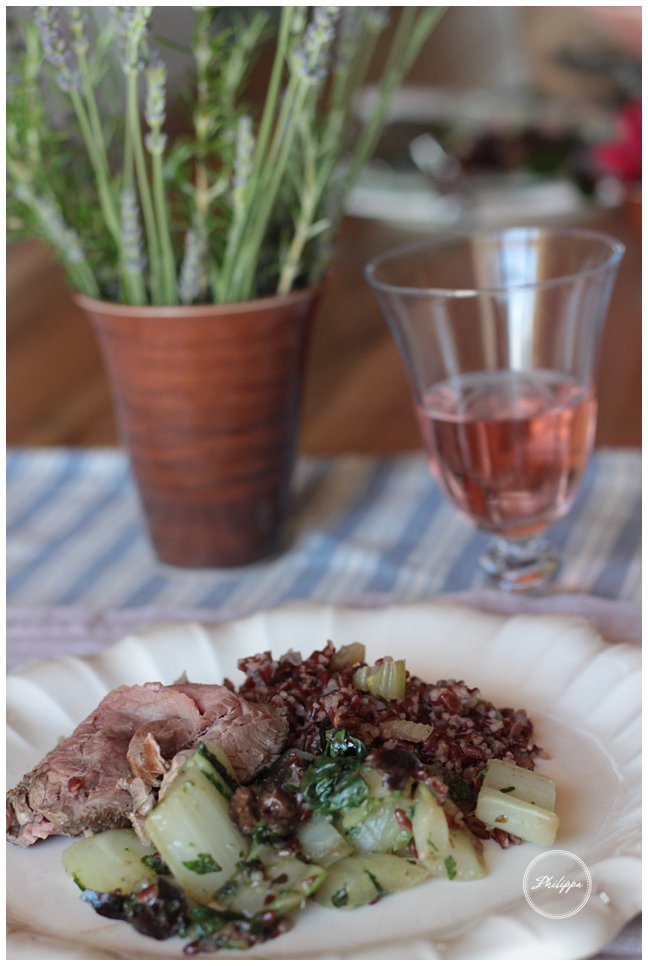Wild horses and rice…. kept me from leaving
This week I ventured forth into the depths of the Camargue, a beautiful unique landscape and quite different to anything I had seen before.
There were vast stretches of fields calmly covered in water. Little green shoots popped out of the surface in impossibly long rows that had a bizarrely soothing effect. The bright pink salt lakes contrasting against the off white salt flats seemed almost extra terrestrial and with the wildlife flying at you from every direction it just all seemed such a wonderful spectacle. In fact I was in such a high state of admiration I even got excited about watching a smallish black bird swoop down close to where I was standing to peck at the ground…. until I realised it was a magpie!
In fairness to me though the Camargue is a pretty extraordinary place. The water of the salt lakes turns a pretty pink due to the presence of an organism that produces a red pigment to help it absorb more sunlight and therefore produce more energy. Some of the salt that is harvested there is used to produce Fleur de Sel de Camargue, a hand raked salt that has the faint aroma of violets.
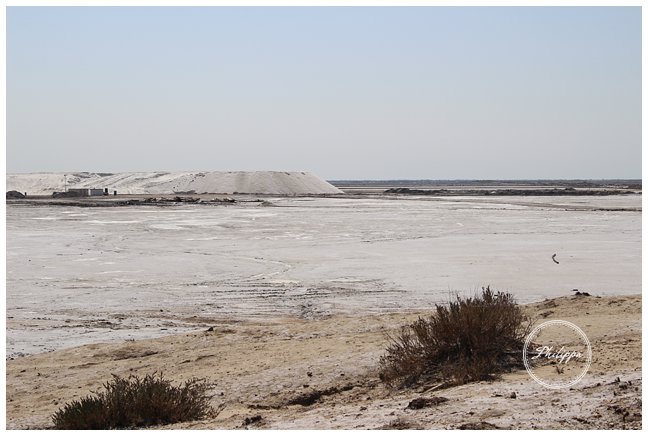
There are wild grey horses that are looked after by the rather dashing guardians (southern France’s answer to cowboys) and flocks of flamingos. The area also produces the seriously tasty Camargue rice, which is featured in this postcard recipe.
While I am on my nature loving high, I also have to mention that all the olive trees down here have been flowering and their dainty white petals have been blowing across the rows of scented lavender.
On an educational note, most French table olives are not cured so should be eaten within 6 months of harvesting which is done around November in Provence . They are all hand picked or rather ‘cajoled’ as they like to say down here from the tree. These ‘Nyons’ variety that I bought at the market were in perfect condition to make into the sauce for the evening’s supper.
Job nearly done here, I realise I have been so absorbed in lapping up the seasons fresh produce I have completely forgotten to visit one of my favourite chocolate makers Joel Durad in Saint Remy…oh well maybe next time.
Next week I am off to cook in Tuscany for a gathering of adults whose brief simply read
“We eat everything and anything!”. As it will be easy to get my hands on the 4th stomach of the cow maybe time to try out my Trippa alla Fiorentina recipes and put them to the test….
Camargue red rice with rare roast beef and blanched chard with black olive sauce
Camargue red rice has not been around that long with 1988 being recorded as the first harvest. It is a cross between a wild rice and a short grain rice and it has a very pleasant nutty flavour and firm texture.
Pre heat the oven to 190 C
Serves 4
For the Rice
1 litre of cold stock (I used lamb stock but you could use chicken/vegetable/ pigeon etc)
350 g rice
4 sticks celery cut into 1/2cm pieces
60 g butter
Splash of olive oil
In a saucepan sauté the celery in the butter for about 5 minutes
Add the rice and continue to fry for 2 more minutes then add the stock.
Cook for 40 minutes at a simmer or until the rice is cooked (it still tends to have a little bit of bite in comparison to white rice)
Season with salt and pepper
Once the rice is on you can cook your beef :
For the beef
1 x 800g piece of beef fillet at room temperature
2 tbs chopped thyme leaves
1 tbs olive oil
Massage the beef briefly with the olive oil
Then roll the beef fillet in chopped thyme and a good sprinkle of sea salt
In a hot frying pan sear the beef on all sides (including the two ends)
Then roast for about 18 – 22 minutes in the pre heated 190 C oven.
Take out and lightly cover in foil and REST for at least 8 minutes,
For Black Olive Sauce
200g black olives
2 salted anchovies de boned and lightly rinsed
1 tbs of parsley/ chives/ chervil – all finely chopped
4 tbs olive oil
2tbs water
1 tsp Dijon mustard
De-stone and roughly chop the olives
Finely chop the anchovies
Mix the anchovies and olives with the parsley, chives chervil and Dijon mustard
Stir in the olive oil then add the 2tbs water ( I add the water as for me without it there is just too much of a kick and the flavours fight but with the water everything just mellows and works)
Season with salt and pepper
For the Chard
750g chard
Chop the chard stalks into 1 inch pieces but keep the leaf whole
Bring a large pan of water to the boil then add a sprinkle of fine sea salt
Blanch the chard leaves and stalks in separate batches as the leaves only take about 2 minutes and the stalks about 4
When cooked scoop the chard out of the water and drain through a colander.
Place the warm chard into a bowl and toss through half of the olive mixture
To serve
Thinly slice the beef and serve with a spoon of the warm Camargue rice and a heap of warm chard. Place the rest of the olive mix in a bowl on the table for people to help themselves….

